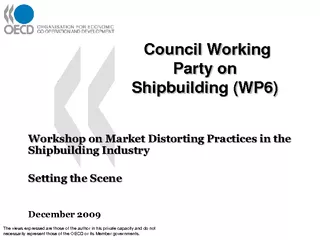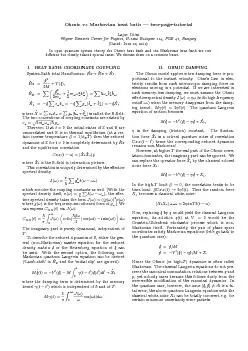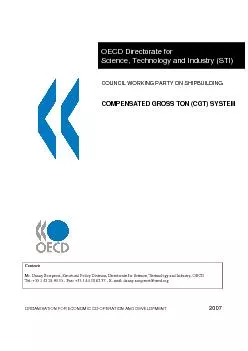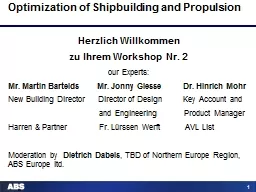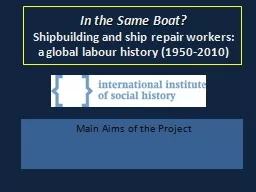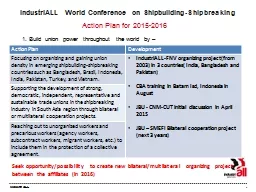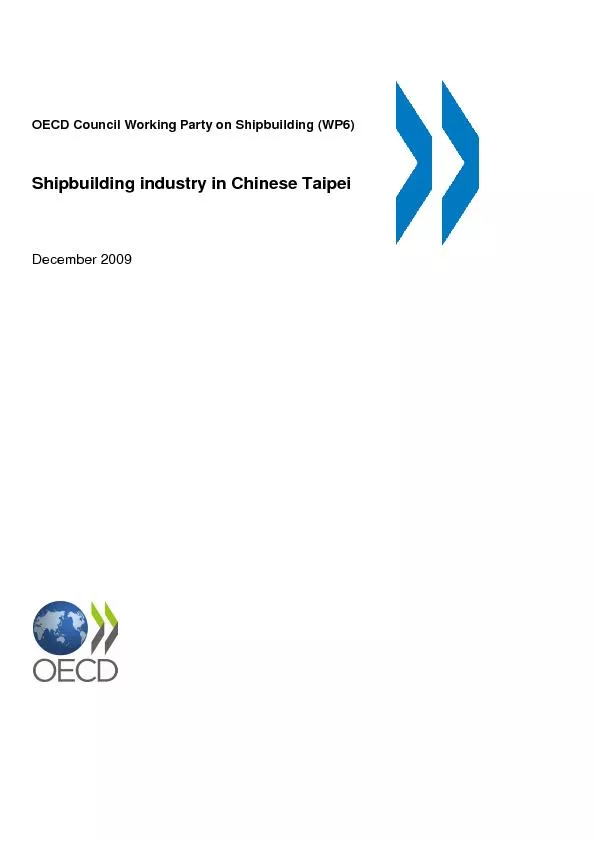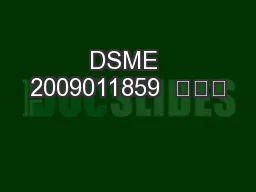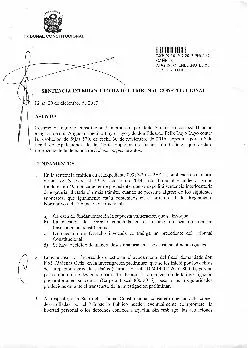PDF-Council Working Party on Shipbuilding WP The views exp
Author : olivia-moreira | Published Date : 2015-06-03
brPage 2br Provide some background on market distorting practices largely drawn from the Shipbuilding Agreement negotiations between 20002 and 2005 Report on the
Presentation Embed Code
Download Presentation
Download Presentation The PPT/PDF document "Council Working Party on Shipbuilding WP..." is the property of its rightful owner. Permission is granted to download and print the materials on this website for personal, non-commercial use only, and to display it on your personal computer provided you do not modify the materials and that you retain all copyright notices contained in the materials. By downloading content from our website, you accept the terms of this agreement.
Council Working Party on Shipbuilding WP The views exp: Transcript
Download Rules Of Document
"Council Working Party on Shipbuilding WP The views exp"The content belongs to its owner. You may download and print it for personal use, without modification, and keep all copyright notices. By downloading, you agree to these terms.
Related Documents

